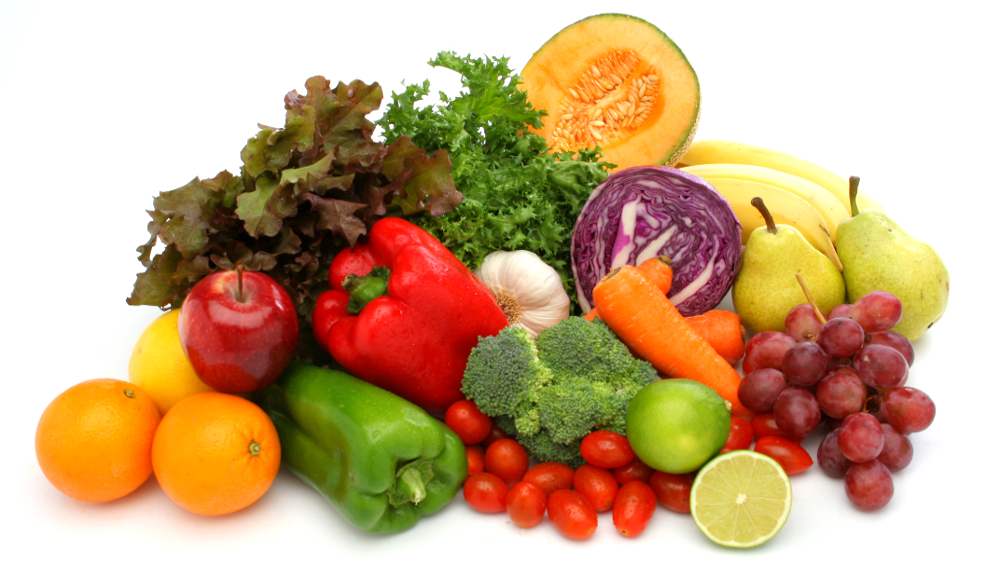Opinion
It goes without saying that the current crisis response situation to SARS-CoV-2 (coronavirus) has and will continue to dominate our conversations and activities for some time to come. The economic, social, and emotional impacts across the produce supply chain have been monumental but also asymmetric in the specific effects within diverse sectors.
The current surge in consumer demand for produce being experienced within wholesale membership stores, brick and mortar retail markets, and diverse online and home delivery services has been met with still evolving capacity responses among suppliers. At the same time, new policies and practices to protect and prevent interpersonal contamination of SARS-CoV-2 (COVID-19 also known as coronavirus), from farm to shipping dock, are being implemented. These “new normal” SOPs are demanding and designed to ensure uniform and clear communication to cross-functional teams to achieve consistent implementation. We need to recognize and appreciate that these more intensified measures are consistent with over two decades of long-standing Best Practices guidance, but significantly increased in their demands for meticulous execution by all personnel.
During this serious and shared battle to minimize new illnesses and spread of SARS-CoV-2, we cannot afford to falter in attention to our prerequisite and foundational prevention and food safety systems management.
Some reported SARS-CoV-2 prevention responses include assigning individuals to clean and sanitize all common facility operational contact surfaces after each human touch-event. This example of the newly adopted policies and practices, and many others, together with increased order fulfillment demands, have the potential to lessen the attention and rigor given to standard food safety practices and stretch the limits of process and associated perishables inventory control systems. Without suggesting in any way that lapses in food safety systems have occurred, I am confident that we all recognize that any outbreak event would further tax public health agencies and the medical and health services systems.
Prior to the current coronavirus pandemic, several challenges of implementation had risen to the forefront of attention as the full FSMA “covered” produce industry came into the compliance, inspection, and enforcement dates. We all recognize that more needs to be known and done to prevent outbreaks attributed to consumption of fresh produce. However, it is valid to point to substantial improvements in the general level of baseline compliance with FSMA provisions across the industry over the past five years. Some of this increase in awareness and adoption of food safety programs are, in part, a reflection of the increased expectation and scrutiny around basic prerequisite programs. In addition, where recommended or required, best efforts to identify and adopt scientifically valid process management parameters and verification programs has increased.
As the current response to provide the elevated demand for diverse fruits and vegetables may tax handling and throughput capacities and labor, several key areas standout for mention, on an individual firm and case by case consideration, as requiring renewed commitment to basic food safety system management beyond normal peak packing and processing efforts.
- Improve communication between harvest and packing or processing operations to minimize soil, and damaged, decayed, or non-product matter (i.e. non-food leafy debris) from entering the postharvest cooling and handling operation. These materials are well recognized to interfere with proper water quality management and the performance of all antimicrobial water treatments. Some, such as hypochlorite, are more affected by these sources of oxidative demand and excessive soil and suspended and dissolved organic matter make process control very challenging. Inexperienced harvest labor and inadequate supervisor coverage of more dispersed crews, to improve physical distancing, have been suggested to potentially result in an elevated risk of cross-contamination in recirculated water systems.
- Develop improved systems and more frequent freshwater exchanges and/or increased filtration efficiencies in dumps and flumes, especially if longer or multiple/staggered shifts have been temporarily established to meet changes in demand.
- Carefully evaluate your throughput capacity across the entire product flow steps. Use caution against pushing a four-lane freeway of product across a two-lane country highway.
- Closely monitor the potential for greater than normal volumes of raw incoming product in pre-coolers and finished goods in cold rooms, or placed in overflow capacity holding areas, from being in “splash zones” wherever pooled water accumulates. Before the “stay-at-home” orders, I observed this already leaning towards likely in a few operations pushing to exceed normal capacity. One concern is for raw materials or finished product at the lowest pallet stacking positions to become forklift-splash contaminated by Listeria allowed to establish on the continually wet floor.
- Ensure adequate time, equipment, materials, and staff are available for thorough cleaning and sanitation. This includes timely cull and waste removal and may include in-shift spot cleaning and sanitation, potentially with a no-rinse chemistry. Don’t sacrifice the gains that are being made in Environmental Monitoring Programs to prevent and control Listeria monocytogenes establishment in packing and processing facilities.
One final comment, generally applied to the content above, which relates to making risk management decisions based on preliminary studies or typical journal publication summaries. If I haven’t learned anything else from decades of applied microbiological research and extension outreach activities in produce food safety, I am confident this is something I know I know.
The microbial world, including pathogens, doesn’t behave in the real world around the averages of research outcomes. This is especially true in relying on predictions of survival, die-off, and persistence. In commercial risk decisions and policy or standard setting, it is the high outliers that matter most, and these tend to be greatest as timelines progress. Very low probability of survival may seem inconsequential. However, when dealing with tens of thousands or millions of individuals in a plant population, the frequency of these surviving outliers may represent a significant public health risk.
The commitments across the produce supply chain to protect employees, customers, and consumers from exposure to SARS-CoV-2 has been tremendous. Let’s all guard against reduced vigilance in basic food safety practices.
(To sign up for a free subscription to Food Safety News, click here.)

